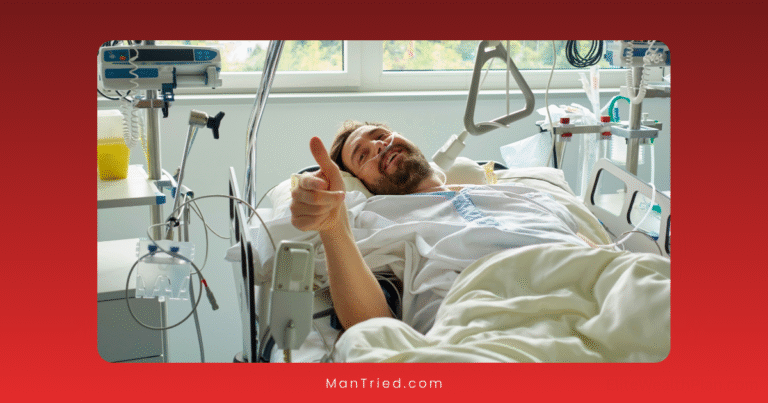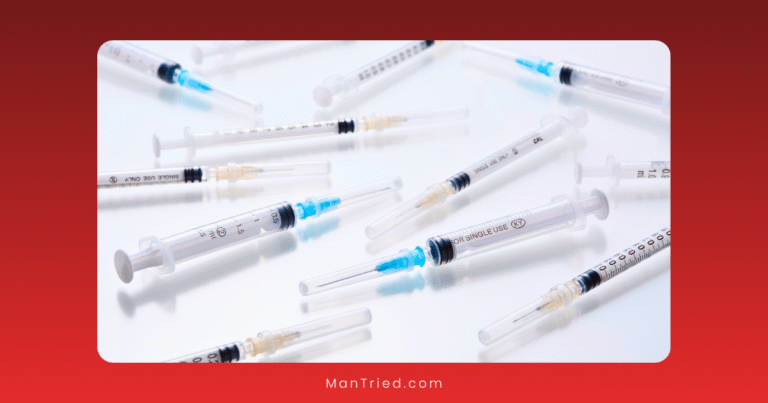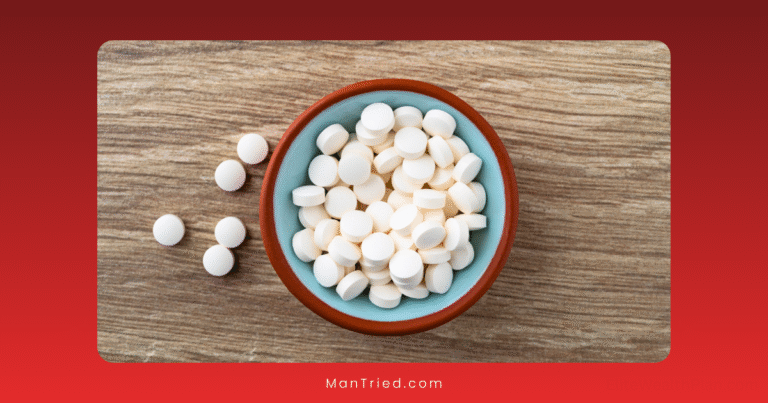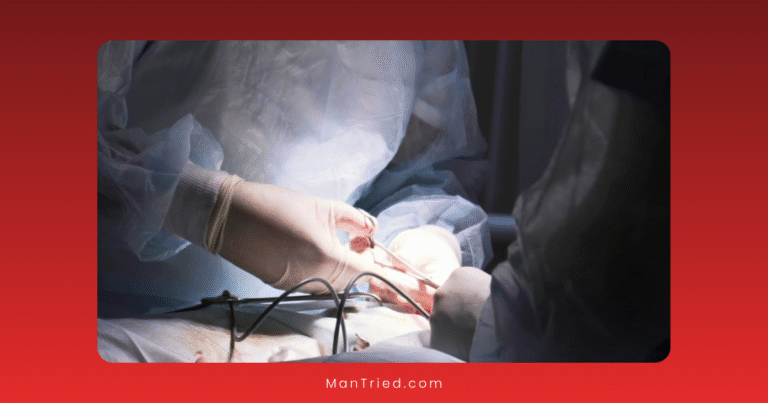Comparing Regenerative Options: Stem Cells vs PRP vs Exosomes
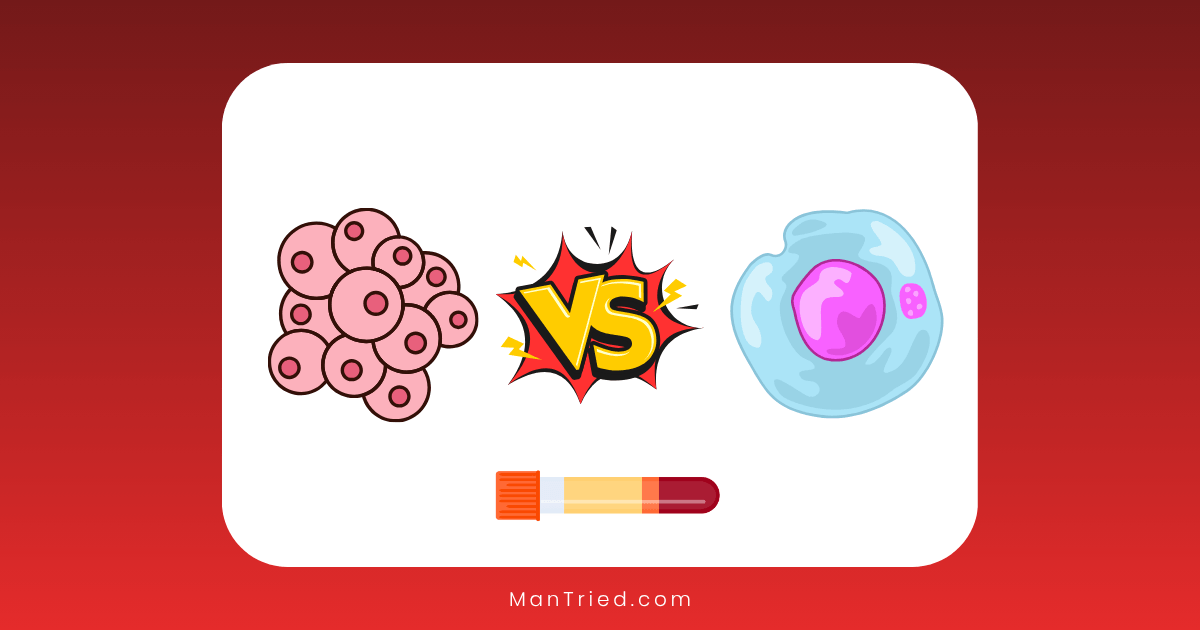
In the rapidly evolving field of regenerative medicine, patients and practitioners face an expanding menu of treatment options. Three approaches have emerged as frontrunners: stem cell therapy, platelet-rich plasma (PRP), and exosome treatment. Each offers unique benefits, mechanisms of action, and limitations.
But which one is right for you? The answer isn’t straightforward—it depends on your condition, goals, budget, and personal health factors. This comprehensive comparison will help you navigate these cutting-edge options with confidence.
The Regenerative Revolution: Understanding the Basics
Before diving into comparisons, let’s establish what these therapies are and how they work.
Stem Cell Therapy: The Cellular Architects
Stem cells are the body’s master cells—undifferentiated cells capable of developing into many different cell types. When deployed therapeutically, they can:
- Differentiate into specialized cells to replace damaged tissue
- Secrete growth factors that stimulate healing
- Modulate immune responses to reduce inflammation
- Recruit other cells to assist in repair
“Stem cells are essentially blank slates with tremendous potential,” explains Dr. Arnold Caplan, who first identified mesenchymal stem cells. “They can become whatever the body needs in that particular area and orchestrate the healing response.”
PRP: Your Body’s Concentrated Healing Factors
Platelet-rich plasma utilizes components from your own blood. The process concentrates platelets—cell fragments crucial for clotting and healing—to levels 3-5 times higher than normal blood. When activated, these platelets release:
- Growth factors that stimulate cell proliferation
- Proteins that attract stem cells to the injury site
- Compounds that promote new blood vessel formation
- Factors that accelerate tissue repair
Research published in 2023 showed that PRP contains over 800 bioactive proteins that contribute to the healing process.
Exosomes: The Cellular Messaging System
The newest player in regenerative medicine, exosomes are tiny extracellular vesicles (30-150 nanometers) released by cells, particularly mesenchymal stem cells. They function as a sophisticated communication system, carrying:
- Proteins and peptides that stimulate repair
- MicroRNAs that regulate gene expression
- Enzymes that facilitate biochemical reactions
- Lipids that support cell membrane function
“If stem cells are the generals in the healing army, exosomes are their messengers,” says Dr. Sarah Richardson, regenerative medicine specialist. “They deliver precise instructions to damaged cells without having to deploy the cells themselves.”
Head-to-Head Comparison: Which Works Best?
Now let’s compare these therapies across several important dimensions.
Source and Preparation
Stem Cells:
- Typically harvested from bone marrow, adipose (fat) tissue, or umbilical cord blood
- Require a harvesting procedure (except for allogeneic sources)
- Need specialized processing in a laboratory setting
- Can be autologous (your own) or allogeneic (donor-derived)
PRP:
- Derived from the patient’s own blood
- Requires a simple blood draw
- Processed using a centrifuge to separate components
- Always autologous, eliminating rejection concerns
Exosomes:
- Usually derived from mesenchymal stem cells in a laboratory
- No harvesting procedure needed from the patient
- Commercially produced and quality-controlled
- Typically allogeneic, but with minimal immunogenicity
Mechanism of Action
Stem Cells:
- Direct cellular replacement
- Paracrine effects (secretion of beneficial factors)
- Immune modulation
- Recruitment of other healing cells
PRP:
- Release of growth factors
- Promotion of collagen synthesis
- Enhancement of blood vessel formation
- Attraction of stem cells to the area
Exosomes:
- Transfer of genetic material and proteins
- Regulation of cell signaling
- Modification of recipient cell behavior
- Enhancement of cellular communication
Effectiveness for Common Conditions
Based on current research and clinical outcomes, here’s how these therapies compare for different conditions:
| Condition | Stem Cells | PRP | Exosomes |
| Osteoarthritis | ★★★★☆ | ★★★☆☆ | ★★★☆☆ |
| Tendon/Ligament Injuries | ★★★☆☆ | ★★★★☆ | ★★★☆☆ |
| Hair Loss | ★★★☆☆ | ★★★☆☆ | ★★★★☆ |
| Skin Rejuvenation | ★★★☆☆ | ★★★★☆ | ★★★★☆ |
| Erectile Dysfunction | ★★★★☆ | ★★★☆☆ | ★★★☆☆ |
| Chronic Wounds | ★★★★☆ | ★★★☆☆ | ★★★☆☆ |
| Neurological Conditions | ★★★☆☆ | ★☆☆☆☆ | ★★★☆☆ |
Rating scale: ★☆☆☆☆ (minimal evidence) to ★★★★★ (strong evidence)
According to a 2025 meta-analysis comparing these therapies for hair restoration, exosomes showed the most promising results for hair regrowth and safety, followed by PRP.
Treatment Experience
Stem Cells:
- More invasive due to harvesting procedure (if autologous)
- Typically requires local anesthesia
- Single treatment often sufficient
- Longer procedure time (2-4 hours including harvesting)
PRP:
- Minimally invasive (blood draw only)
- Usually no anesthesia needed
- Multiple treatments typically required
- Quick procedure (30-60 minutes)
Exosomes:
- Non-invasive (no harvesting)
- No anesthesia needed
- Fewer treatments than PRP
- Fastest procedure (15-30 minutes)
“The patient experience differs significantly between these options,” notes Dr. Jason Dragoo, orthopedic surgeon at Stanford University. “PRP is quick and straightforward but may require multiple sessions. Stem cell procedures are more involved but potentially more powerful. Exosomes offer a middle ground with minimal invasiveness and good efficacy.”
Cost Considerations
The financial aspect often plays a significant role in treatment decisions. Here’s what you can expect:
Stem Cells:
- Typically $3,000-$10,000 per treatment
- Higher costs for specialized processing
- May require fewer total treatments
- Rarely covered by insurance
PRP:
- Usually $500-$2,500 per treatment
- Multiple treatments increase total cost
- Most affordable entry point
- Limited insurance coverage for specific conditions
Exosomes:
- Generally $1,500-$6,000 per treatment
- Price varies based on concentration
- Fewer treatments may be needed
- Currently no insurance coverage
According to Dr. Farah’s Urgent Care, “PRP is considered a cost-effective option, while exosomes are typically the most expensive, followed by PRF (a PRP variant).” However, when considering the total cost of achieving desired outcomes, the picture may change based on the number of treatments required.
Safety Profile and Risks
All medical procedures carry some risk, but these therapies have different safety considerations:
Stem Cells:
- Risk of infection at harvest site
- Potential for abnormal tissue growth (rare)
- Possible immune reactions with allogeneic cells
- More regulatory scrutiny
PRP:
- Minimal risk of infection
- Occasional bruising or pain at injection site
- Very rare allergic reactions
- Generally considered very safe
Exosomes:
- No harvest-related complications
- Theoretical risk of disease transmission
- Potential for allergic reactions
- Evolving regulatory landscape
The Vancouver Laser & Skin Care Centre notes that “PRP is minimally invasive and has a low risk of rejection or complications,” while “exosomes are non-invasive and efficient in reducing inflammation and improving skin health.”
Regulatory Status
The regulatory landscape significantly impacts availability and standardization:
Stem Cells:
- FDA-approved for specific conditions only
- Many treatments offered under practice of medicine exceptions
- Increasing regulatory oversight
- Substantial variation in processing standards
PRP:
- Generally recognized as autologous biological product
- Widely available and less restricted
- FDA-cleared devices for preparation
- Relatively standardized protocols
Exosomes:
- Currently no FDA-approved exosome products for injection
- Available primarily through research protocols
- Evolving regulatory framework
- Quality control challenges
Dr. Joaqui, a regenerative medicine specialist, points out that the regulatory uncertainty around exosomes makes it essential to seek treatment from reputable providers using properly sourced and tested products.
Choosing the Right Option: A Decision Framework
With so many factors to consider, how do you decide which regenerative approach is right for you? Consider these key questions:
1. What’s your primary condition?
Different therapies excel for different conditions. For instance:
- Joint pain/osteoarthritis: Stem cells often provide more robust results for moderate to severe cases, while PRP may be sufficient for mild cases.
- Hair loss: Recent evidence suggests exosomes may outperform both PRP and stem cells.
- Sports injuries: PRP has the most extensive research support for tendon and ligament injuries.
- Neurological conditions: Stem cells and exosomes show more promise than PRP.
2. What’s your timeline?
- Need quick results? Exosomes often show faster initial improvement.
- Looking for long-term solution? Stem cells may provide more durable outcomes.
- Can commit to multiple treatments? PRP might be your best option.
3. What’s your budget?
- Limited budget? Start with PRP as the most affordable option.
- Willing to invest more upfront for potentially fewer treatments? Consider stem cells or exosomes.
- Insurance coverage? Check if PRP might be covered for your specific condition.
4. Personal health factors
- Age and overall health? Younger patients typically have more robust stem cells for autologous treatments.
- Medication use? Blood thinners may complicate PRP preparation.
- Immune system concerns? Autologous options reduce rejection risks.
Combination Approaches: The Best of All Worlds?
Increasingly, practitioners are finding that combining these therapies may offer synergistic benefits. Popular combinations include:
PRP + Stem Cells
This approach uses PRP to “activate” and support transplanted stem cells. A 2024 study found that this combination improved outcomes in knee osteoarthritis by 37% compared to stem cells alone.
Exosomes + PRP
By combining the concentrated growth factors of PRP with the sophisticated signaling capabilities of exosomes, this approach aims to enhance both immediate and long-term healing. Early research shows promising results for hair restoration and skin rejuvenation.
Sequential Therapy
Some protocols use different therapies at different stages of treatment. For example, PRP might be used initially to prepare the tissue environment, followed by stem cells or exosomes for more profound regeneration.
The Future of Regenerative Medicine: What’s Coming Next
The field continues to evolve rapidly, with several exciting developments on the horizon:
Enhanced Exosomes
Researchers are developing “engineered” exosomes with specific therapeutic cargoes tailored to particular conditions.
Synthetic Growth Factors
Next-generation PRP alternatives may use synthetic growth factors at precise concentrations, eliminating variability in autologous preparations.
Induced Pluripotent Stem Cells (iPSCs)
These reprogrammed adult cells offer the regenerative potential of embryonic stem cells without the ethical concerns, potentially revolutionizing stem cell therapy.
AI-Guided Treatment Selection
Artificial intelligence may soon help predict which patients will respond best to specific regenerative approaches, allowing for truly personalized medicine.
Results: Patient Perspectives
While scientific evidence is crucial, patient experiences offer valuable insights:
James, 62, Knee Osteoarthritis “I tried PRP first because it was more affordable. It helped somewhat but the relief was temporary. Six months later, I invested in stem cell therapy, and the difference was remarkable. Two years later, I’m still pain-free and active.”
Maria, 54, Hair Thinning “After three PRP sessions with modest results, my doctor suggested exosome therapy. The difference was noticeable within weeks—not just new growth but thicker, healthier hair overall.”
Robert, 47, Tennis Elbow “PRP was a game-changer for my chronic tendon pain. Two treatments, and I was back on the court after being sidelined for nearly a year. The cost was reasonable, and the procedure was quick and relatively painless.”
The Bottom Line: Personalized Regenerative Medicine
There is no one-size-fits-all answer in regenerative medicine. The optimal approach depends on your specific condition, goals, budget, and personal health factors.
Dr. Christopher Centeno, a pioneer in regenerative orthopedics, summarizes it well: “The future isn’t about which therapy is universally best—it’s about matching the right patient to the right therapy at the right time. Sometimes that’s stem cells, sometimes PRP, sometimes exosomes, and increasingly, a combination approach.”
As regenerative medicine continues to advance, the good news is that patients have more options than ever before. By understanding the differences between these approaches and working with knowledgeable practitioners, you can make informed decisions about which path might best address your unique needs.

